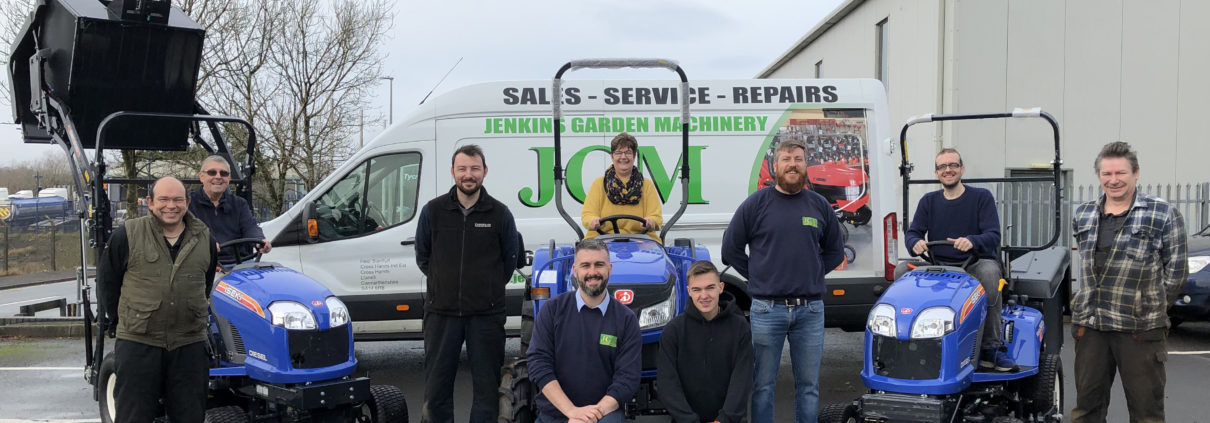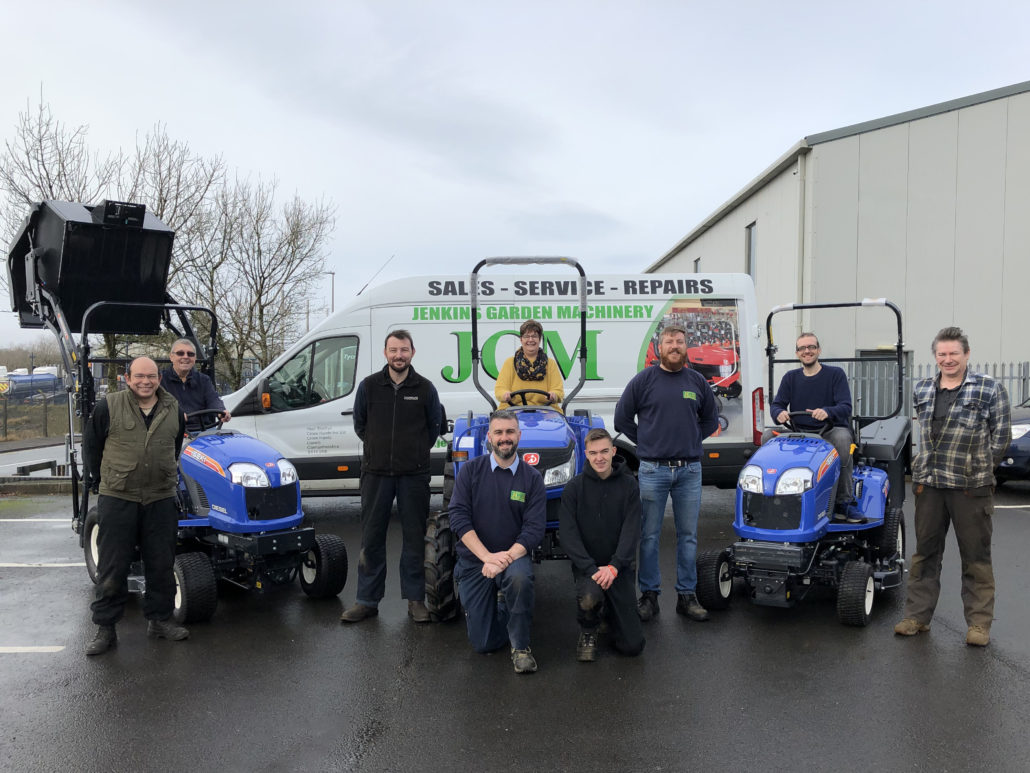Tributes Groundsman George Hay
Tributes Groundsman George Hay: Tributes have been paid to a fixture of Clydebank’s sporting community who will be laid to rest at the ground that became a family home.
George Hay died on December 30 at the age of 69, just one year older than Drumchapel Amateurs. He lived his entire life across the street from the Glenhead Park grounds in Duntocher where he and his dad before him were groundsmen.

He is held in such high regard, a strip signed by the team and his family will be put in the coffin with him and his ashes will be taken on a tour of the grounds. “Gentle giant” George will be buried next to the Drumchapel Amateurs’ founder, Douglas Smith, behind one of the goals.
For the team’s next home game, they will be led out by the son of one of George’s nephews who plays for one of their youth clubs.
A minute silence was marked at the weekend when the team played St Patrick’s FP in Dumbarton.
Drumchapel Amateurs chairman Charlie Devlin told the Post: “His family asked for one of our strips for the kids and club to sign – anything they have asked us to do, we are happy to do.
“He has always been there. George was a big bit of the Drumchapel Amateurs family.”
George had struggled with diabetes for a number of years and one leg had to be amputated and there was a danger to the other. He later suffered a heart attack and had been in declining health.
A JustGiving page set up to support the family has raised more than £500 in George’s memory.
Speaking ahead of the funeral on Friday, his family acknowledged his health challenges, and in the eulogy will share the larger-than-life personality of the Duntocher fixture.
Born on November 20, 1949, George grew up with siblings James, Margaret and the late Charles.
He maintained a lasting interest in history, particularly the Second World War – assuming he turned up for school to learn it.
His family recount: “George’s teachers might not have been aware of his occasional unauthorised absences thanks to his lifelong pal Jimmy Murray.
George went to work at the local creamery, then as a machine operator in Singers and Adaapt and ultimately the groundsman and kit master for the Drumchapel Amateurs when his dad passed away in 1984.
His family said: “George was a real home bird, he wasn’t one for going out much. Even in his teens he preferred going to the football than the dancing.
“George was a well known face at the club where he was liked and respected by everyone he came into contact with be that the chairman, the players, the supporters, even the opposing teams. In fact many have been in contact with the club to pass on their condolences in the last week.
“It wasn’t just the grounds and the kit George looked after, he’d do odd jobs around the club too.
“When Dougie, the founder of the club, asked him to make a new trophy room, George asked Kenny to help him. Dougie gave George the plans of how he wanted it to look, we’ll just say that’s not how it turned out, George made a few alterations along the way.”
George was close to all his nieces and nephews and took each to London to see the sights as they turned 13.
He was more housebound after the loss of his leg, watching the History channel, documentaries or comedy, and, of course, football.
“But the most important ‘F’ to George was his family, his brothers, sister, nieces, nephews and lifelong friends. He’d have done anything for them and given them the world if he could.
“They in turn just adore him and always will. How long will George Hay be loved? As long as the stars are above you.
“We thank George for being one in a million and for sharing his life with us all.”
The funeral for George Hay will be held on January 11 at 9.30am at Dalnottar Crematorium. The procession will leave Glenhead Social Club at 9.10am and all are welcome to the club after the service.
Click here to read the original article
For the latest industry news visit turfmatters.co.uk/news
Get all of the big headlines, pictures, opinions and videos on stories that matter to you.
Follow us on Twitter for fun, fresh and engaging content.
You can also find us on Facebook for more of your must-see news, features, videos and pictures from Turf Matters.

















